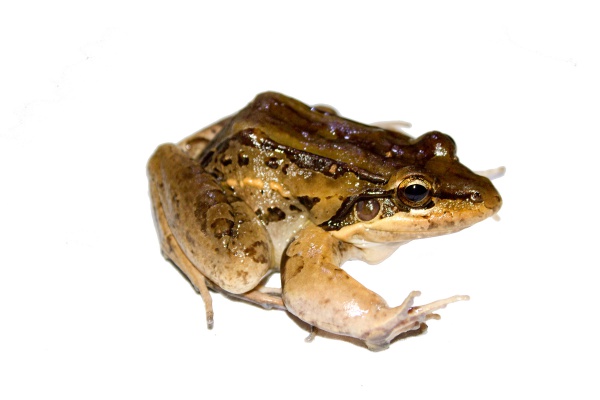Facts About Bolivian White-lipped Frog
Leptodactylus bolivianus, commonly known as the Bolivian frog, is a remarkable amphibian belonging to the Leptodactylidae family. These frogs can be found in numerous countries, including Bolivia, Brazil, Colombia, Costa Rica, Ecuador, French Guiana, Guyana, Nicaragua, Panama, Peru, Suriname, Trinidad and Tobago, and Venezuela.
These adaptable frogs thrive in a wide range of environments. They comfortably inhabit dry and moist lowland forests, wet grasslands, and areas near rivers and wetlands. They can also be found in swamps, marshes, and even in human-modified settings such as cultivated lands, residential gardens, urban areas, and degraded forests. Their versatility extends to living in ponds, aquaculture ponds, sewage treatment areas, irrigated lands, and other agricultural landscapes.
Despite their widespread distribution, Leptodactylus bolivianus is not considered to be at risk. The International Union for Conservation of Nature (IUCN) currently classifies them as a species of least concern, indicating they are thriving in their various habitats.

 Chile
Chile